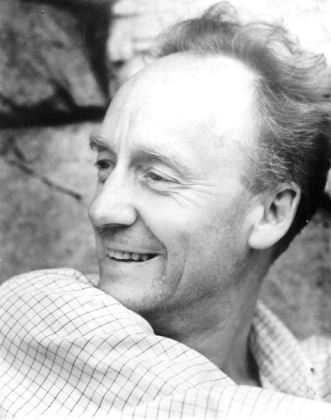Tour the Pennsylvania home and studio of an outstanding furniture maker and artist.
By Sally Weigand
October 2016
A sculptor of wood furniture who did not like parallel lines or symmetry — this could be one description of Wharton Esherick. He also made smaller objects from wood, such as board game pieces. Esherick’s artistry extended to the publishing trade, too, in the form of hundreds of woodcut prints used as book and magazine illustrations.

